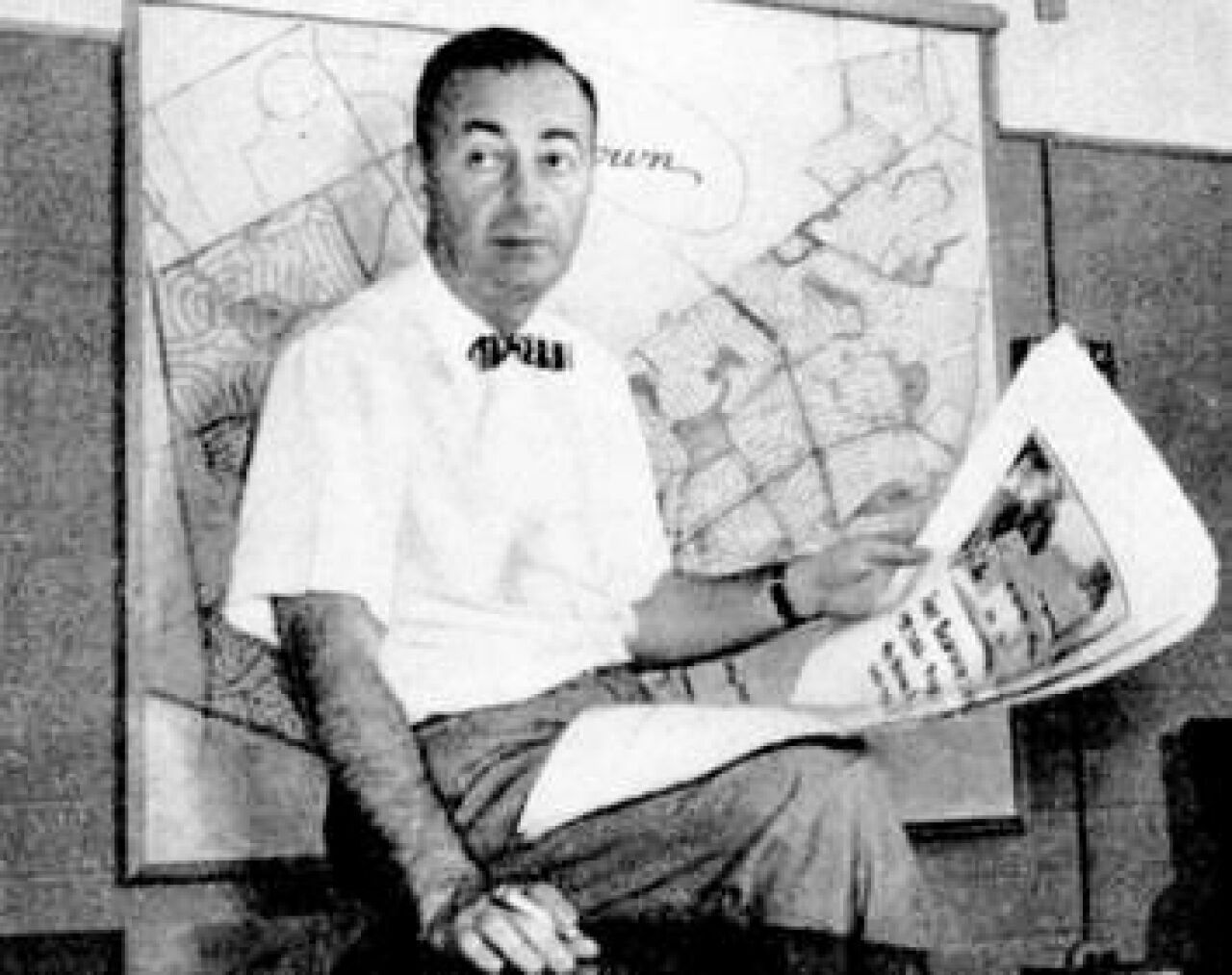Look back 73 years to 1946 for an interesting perspective on whats happening in the housing industry today. What solved the post WW ll housing shortage then, could solve our housing shortage now.
Today's housing crisis is the ultimate disconnect: unprecedented demand, but a very short supply of affordable housing. The reason? A deja vu of 1946: a great depression period of low home-building production (1929-1945) followed by a demographic surge of young first time home buyers returning from the war.
In recent times (2010-2018), we have built fewer than 1,000,0000 houses per year, less than half of the peak, so that millennials, the largest population cohort in history, now entering the first time home buying market are under served.
Cities across the country are grappling with the housing shortage today. Public and private solutions are in play. In Seattle, Microsoft made a down payment of $500 million to jump start a solution for the housing crisis around Puget Sound. Likewise, in 1942, a solution came from the private developer William Levitt who built Levittown.
Levitt built Levittown which dramatically changed housing and set us on a course to meet the demand for affordable housing. He changed how we built homes by focussing on four key things: smaller homes, efficient systems-built construction; mass production; and government-backed mortgage funding.

Levitt focused on four things
1. Size:
First Levitt shrunk and simplified the house. The average house size in the 1920s and 1930s was 1,400 sq. ft. Levittown's average house size was 600-800 sq. ft. This dramatic downsizing was ridiculed at first.
2. System:
Levitt modernized home building by “manufacturing” houses instead of building houses like other builders. He brought a focus and attention to every detail and every step that eliminated waste. He broke down house construction into 26 steps which allowed him to build more efficiently. He was vertically integrated, and so analytical, he knew how many nails it took to build a house. Levitt refused to call himself a builder but rather considered himself a manufacturer.
3. Scale:
Levitt built at a scale and with a vision that inspired others to copy. He was our first production builder. A big builder in the 1920s and 30s built 200-300 units a year. Levitt built 2,000. His vision for scale allowed him to reduce costs and build a house every 16 minutes.
4. Funding:
Levitt benefitted from the change in government financing rules. The creation of the FHA in the 1930s and then the GI bill in the 1940s put housing within reach of first time and working class buyers, many of them veterans. People could buy a home from Levitt for $50/month, when they had been paying $100 a month renting apartments in NY and Philadelphia. Access to capital was key for Levitt and liberating for home buyers.
If we apply these same lessons today, the path and solution to our housing crisis seems manageable:
1. Size:
Shrink the house. The average size house today is over 2,000 square feet. Applying Levitt’s model, we should be building houses that are 1,000 square feet. Millennials and baby boomers both, are willing to live in smaller houses. This reduces building and energy costs and could allow for easier shipping from a factory, which leads to #2.
2. System:
We need to take the next step in modernizing the homebuilding process. Factory built homes are a natural solution, 3D printed components, and dozens of solutions we already possess that need to be brought to bear on the new house. A combination of a few of these ideas should lead to faster construction times and great affordability.
3. Scale:
We need a builder that builds at a scale that changes the way we think about housing. It’s possible that Levitt’s biggest challenge early on was perception. When people discovered that Levitt was building 600 sq. ft houses, with no basements (slab construction) they laughed. We need someone to build and show this idea is possible. Levittown outside of Philadelphia was 17 thousand houses, built out in 5 years. We need a group with vision to show us the way.
4. Funding:
As Microsoft’s pledge indicates, funding is not our greatest hurdle. The government and big business are primed and ready to finance this type of building. The pump is primed, we just need someone to start building.
